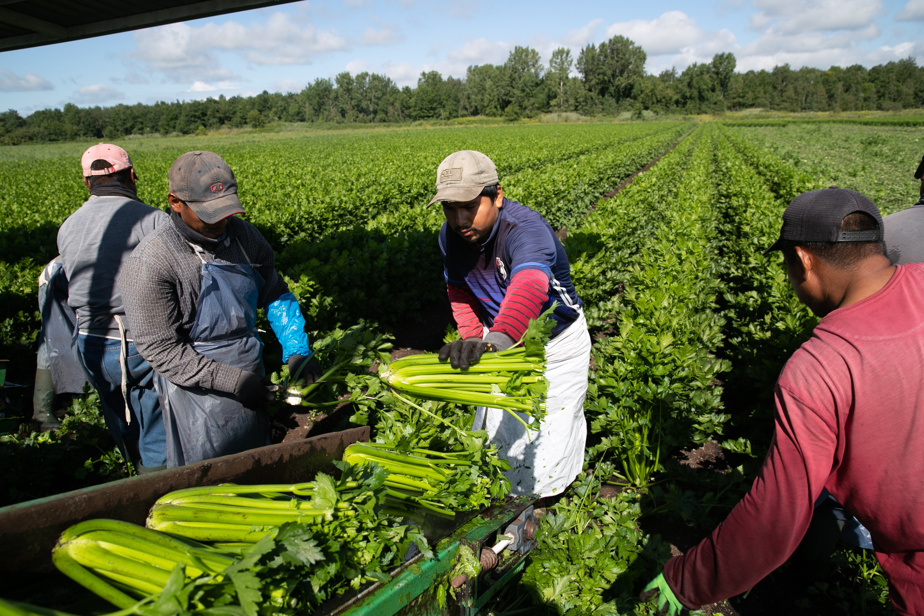If the explosion in the number of temporary foreign workers plays an important role in meeting labor market needs, it also causes collateral damage: the number of employers who have committed offenses in the treatment of these workers is also exploding.
The number of violations of labor standards increased in Quebec from 14 in 2022 to 111 in 2023. We are also observing a very sharp increase in occupational injuries among all workers, which have tripled since 2018.
These data from the Commission for Standards, Equity, Health and Safety at Work (CNESST) show that the strong presence of temporary foreign workers means that Quebec is facing a new reality, which requires greater vigilance and adjustment of practices to better supervise and protect this more vulnerable population.
It is in this spirit that the Order of Certified Human Resources Advisors (CRHA) launched an awareness campaign among employers and organizations on the eve of summer, when the number of these workers is sharply increasing.
We wanted to mark the opening of the season and take this opportunity to remind employers who use temporary foreign workers of the best practices to put in place.
Manon Poirier, general director of the Order of CRHA
According to CNESST data, at least 81 Quebec employers received violations between 2017 and 2023, whether due to salaries, working conditions or even the non-correspondence between jobs and the content of the Jobs.
The increase in the number of reports of violations relating to labor standards is explained, at least in part, by an arithmetic effect: the sharp increase. Those covered in this data are mainly holders of work permits issued under the Temporary Foreign Worker Program (TFWP), which mainly targets low-skilled people. These workers, who mostly hold closed work permits, linked to a single employer, often stay in Quebec for part of the year.
The agricultural sector is the one that uses the most temporary foreign workers. But other sectors of activity have been using it more in recent years, notably catering, manufacturing, health and information technology.
The number of TFWP permit holders increased from 17,660 in 2018 to 58,725 in 2023, according to federal data.
But the presence of these workers has other indirect effects, raised by the Order of approved human resources advisors; the number of occupational injuries, for example, increased from 1,681 in 2019, the pre-pandemic year, to 4,391 in 2023.
These figures provided by the CNESST relate to all workers. But it is difficult to explain this very strong increase other than by the presence of these less integrated foreign workers.
This is also a hypothesis formulated by Manon Poirier. “Workplace injuries always concern us, and it highlights the great importance of training foreign workers from the start. We must ensure that we understand the safety rules, the issues, and that we explain to employees their rights,” she insists.
